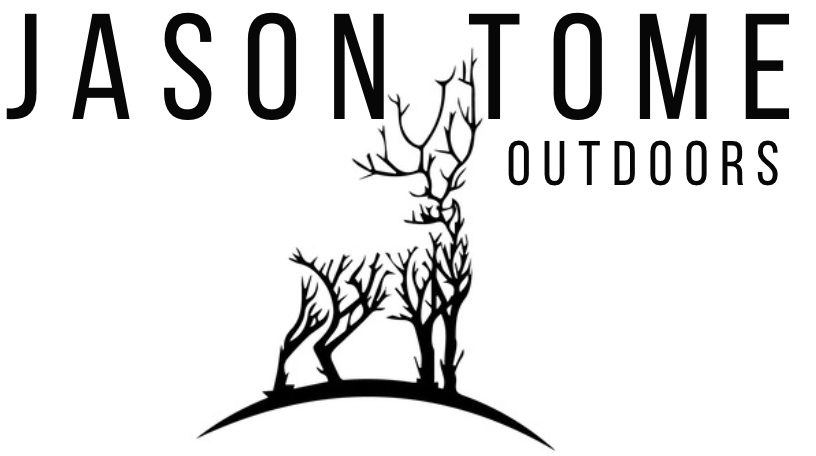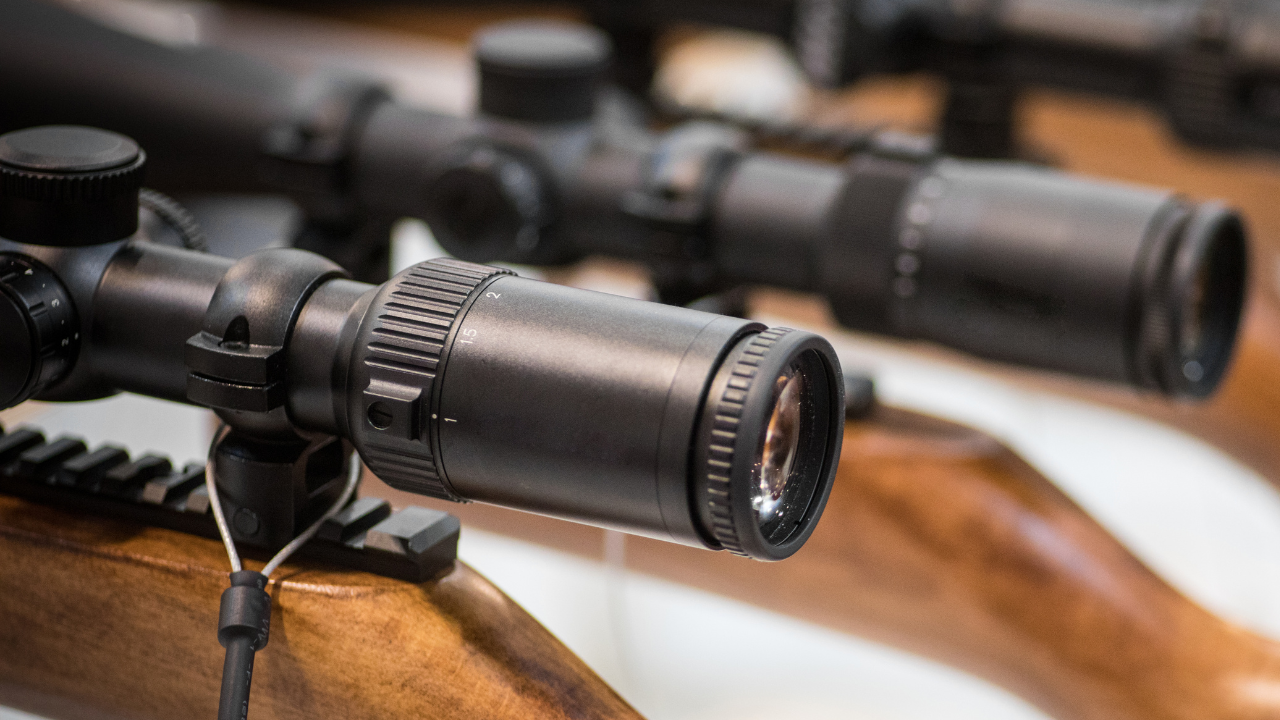There are certain plants deer hunters should know to improve hunting and scouting success. Combinations of these plant species yield high-quality habitat for deer. If you learn how to identify these species of plants, you will be able to determine if you are in good whitetail habitat. If you are able to put yourself in high-quality habitat more often, you will have more success in the woods. Below are the 20 best plants to know for deer hunters:
Herbs Deer Hunters Should Know
Herbs are characterized as non-woody vegetation as opposed to shrubs and trees which are made of woody material. A few herbs that I believe deer hunters should know are listed below:
Switchgrass (Panicum virginatum)
Switchgrass is one of the more important herbs to know for deer hunters. One of my favorite habitats for deer is a thick scrub-shrub mid-story with switchgrass underneath it. The reason I like switchgrass underneath is that it acts as a comfortable fluffy layer of grass that deer love to lay down in.
Having both a dense layer of shrubs combined with the thick screening cover of the switchgrass, deer will create cozy nests-like beds and will feel very secure in these areas. These areas make for excellent places to hunt because deer aren’t expecting to be disturbed in these areas. Switchgrass can be found in man-made or disturbed areas, brackish or salt marshes and flats, marshes, meadows and fields, shores of rivers or lakes, and/or at the edges of wetlands.
Common Reed Grass (Phragmites australis)
Common reed grass, sometimes referred to as its scientific name Phragmites, is a highly invasive wetland plant. It often is found growing in cattail-like environments. Because it is invasive, deer really can’t use this plant for anything besides security cover. There’s no palatable food that comes from phragmites for deer. Although it is invasive, deer love this plant, especially in areas with high hunting pressure because it can grow very tall, around 10-15 feet. Because of this, it offers some of the best screening cover.
In addition, phragmites is some of the noisiest vegetation you’ll ever walk through. Its stem is fragile has a thin outer shell that is very noisy. Also, it is hollow so it is very easy to break, and when broken it makes even more noise. Sneaking in on deer in these areas can seem downright impossible. Sometimes you have to wait for perfect weather conditions (rainy and windy) in order to get into these areas without spooking deer. You’ll be right on top of them if you can get in there unnoticed.
Although native plants would provide more value for deer but provide both food and cover, phragmites at least provides excellent security cover in pressured areas.
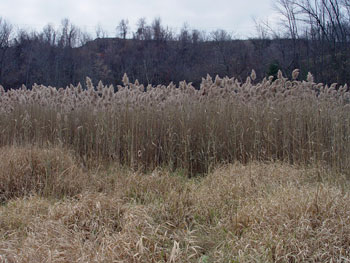
Cattails (Typha spp.)
You probably know how to identify this one, cattails are often used as bedding areas for deer that live in swamps because of their amazing security cover. If you’ve ever walked in a cattail swamp, especially when it’s dry, you’ll know it’s a noisy journey. Deer use this to their advantage will use sound to their advantage in these areas.
Cattails also provide great screening cover, which helps keep deer stress levels to a minimum. Deer will be found on hummocks in cattail swamps. Usually, you can predict where deer are bedding in these areas by finding the few trees that are within the cattail swamp. These trees often have beds under them.
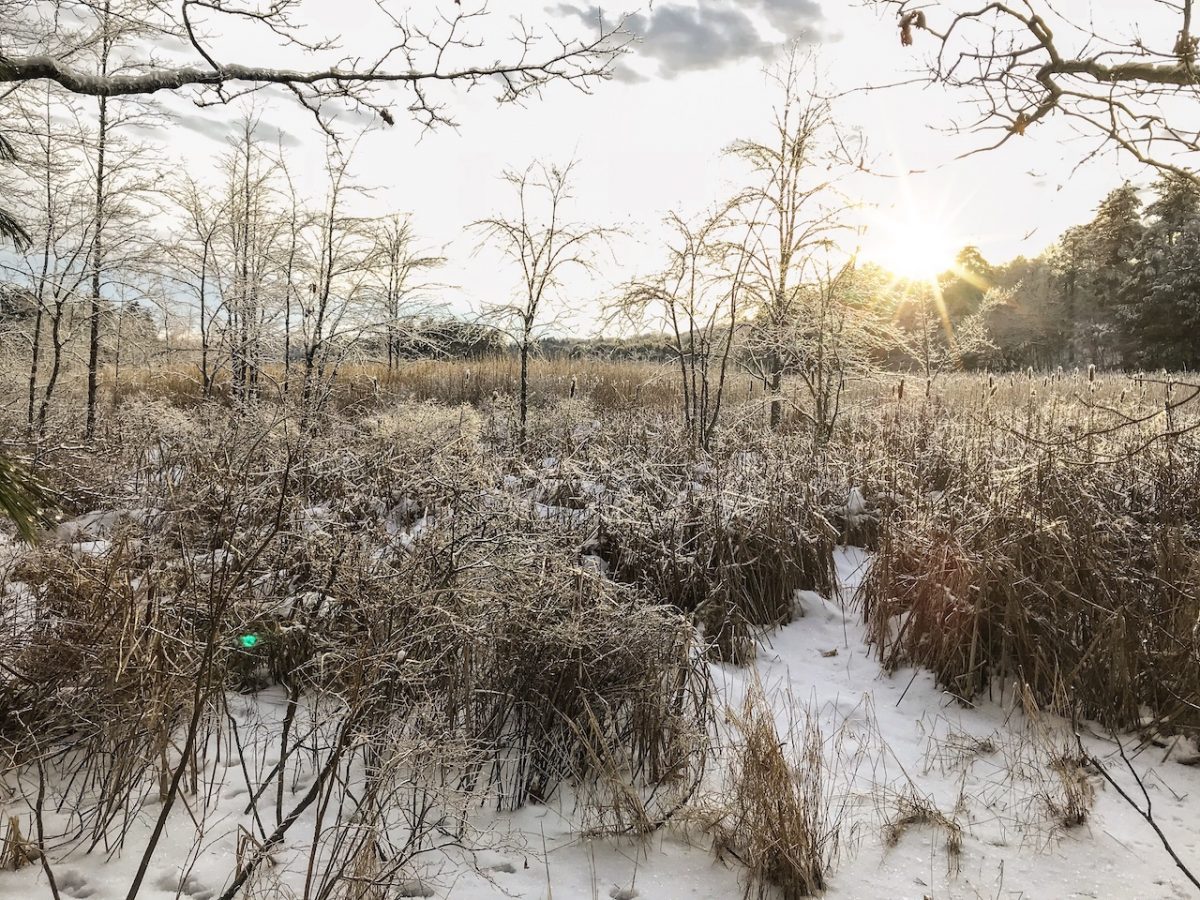
Raspberry (Rubus idaeus)
Raspberries are another herb to know as a deer hunter. This plant always will be found in uplands and their leaves and berries provide a lot of wood for deer, especially in big woods settings where agriculture is not a primary food source.
Raspberries are also not fun to walk through because they have prickly stems. Deer will use dense areas of raspberries in conjunction with dense shrubs as security cover. They know predators aren’t going to want to walk through the prickles and if they decide to they will be easy to hear coming through the dense vegetation.
Scrub-Shrub Plants Deer Hunters Should Know
Scrub-Shrub Plants – Benefits For Deer
- Dense Vegetation
- Increased Security
- Abundant Food Sources at Deer Height
- Noise Advantage
- Slight Visual Advantage
Scrub-shrub vegetation is the best type of habitat for whitetails throughout most of the year. They can be found utilizing other areas, but scrub-shrub plants offer the best habitat for deer in most scenarios for a few reasons. The benefits of scrub-shrub vegetation is that they are short and grow dense. This provides security cover and abundant food at deer height.
Many of the densest scrub-shrub plants grow in wetlands, giving deer everything they need (food, water, and shelter). In these wetter areas deer will usually find dry hummocks which give deer a comfortable spot to bed and also them a slight visual advantage over their predators.
Another benefit of dense scrub-shrub vegetation is that deer can hear predators coming through the thick brush, also giving them a hearing advantage.
Because deer have so many advantages in scrub-shrub vegetation, they feel comfortable in these areas and will use them as bedding areas. Because deer feel so safe in these areas they will let their guard down a little bit. It is not uncommon to see deer moving during daylight hours in these areas, even if its not very far, giving a hunter a big advantage.
Morrow’s Honeysuckle (Lonicera morrowii)
Morrow’s or bush honeysuckle is another plant that deer hunters should know. These shrubs are found in uplands and most often in uplands at the edges of wetlands, like streams. This shrub is invasive and can grow very densely and close together. Tall animals find it hard to walk through this honeysuckle because it grows extra dense at the top of the plant. For this reason, they can become very difficult, and sometimes nearly impossible to walk through for a human.
Deer, however, are shorter and can walk fairly comfortably underneath the branches. Deer trails are usually created from years of use in these sanctuaries and they have very little issue traversing within the walls of these plants. If you can find a pocket of these plants, there’s a good chance it could be a bedding area.
Morrows Honeysuckle will often look like it has been rubbed by a buck, but it’s not actually a rub. I’m not exactly sure what causes the bark on this shrub to peel but it’s not deer. My guess is that squirrels and birds use this bark material to create nests since it can be peeled off in fine strips.
Honeysuckle will have little red berries that can see seen in late summer and early fall.
Speckled Alder (Alnus Incana)
Deer hunters should know speckled alder because it is often a plant that bucks will rub on in wetlands. For this reason, when you’re scouting new areas it may be worth your while to check out alders swamps or the edges of wetlands where alders will often be found in order to see if bucks are using the area. Alders also grow densely, which creates good security cover for deer. Because it is a shrub it also offers forage at deer height, deer will eat the leaves.
Red-Osier Dogwood (Cornus sericea)
Dogwoods are an excellent plant to know as a deer hunter because they are also a shrub that grows densely in wetlands. Because it’s a shrub and it grows densely it offers security cover and food at deer height. Deer like dogwood swamps for security, it’s hard to sneak up on a deer in these areas. For this reason, you’ll often find deer bedding in areas with a lot of dogwoods.
Red-osier dogwood isn’t too difficult to identify because, as the name implies, it’s red. If you see red brush in wetlands, there is a good chance you’re looking at dogwood.
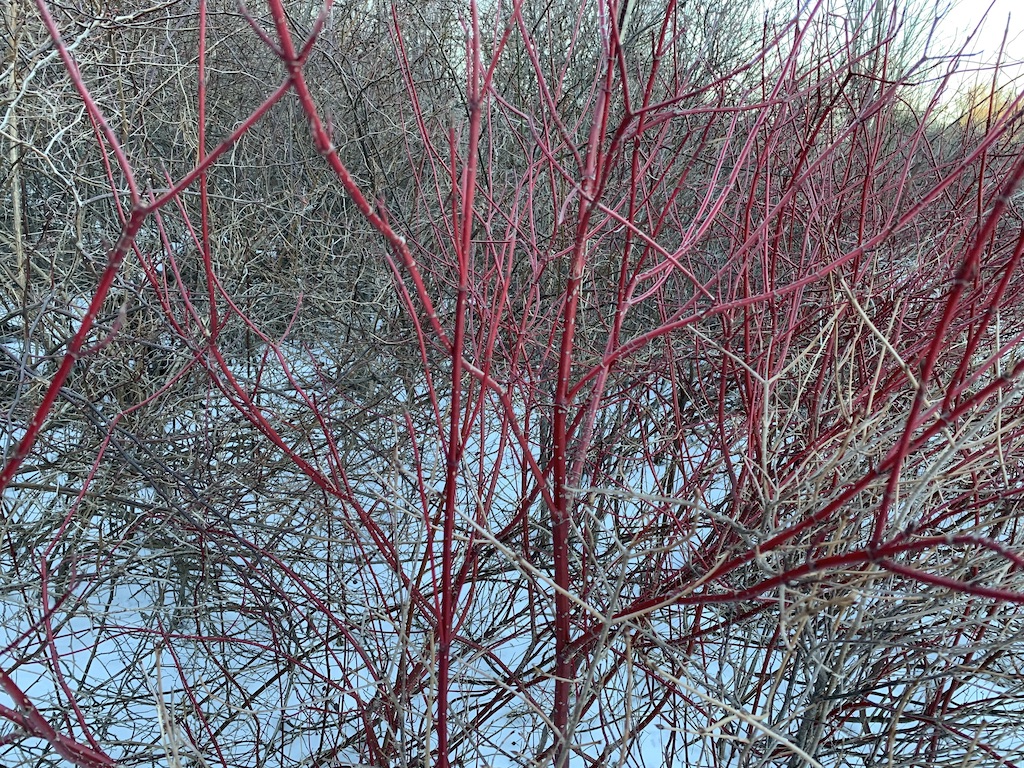
Winterberry (Ilex verticillata)
Winterberry is another plant that I see all of the time when I’m in my best deer hunting spots. The benefits of this shrub are the same as the other shrubs listed above – it grows densely it offers security cover and food at deer height. Deer like areas with a lot of winterberry for security cover. For this reason, you’ll often find deer bedding in areas with a lot of winterberry. Winterberry is a wetland plant, so deer will often be found bedding on dryer hummocks within areas where winterberry is occurring.
Winterberry can be identified by the little red berries during the fall, hence it’s name. The bark of winterberry can be identified by its camouflaged-looking bark pattern. The colors of the camouflage will be shades of green, grey, and white.
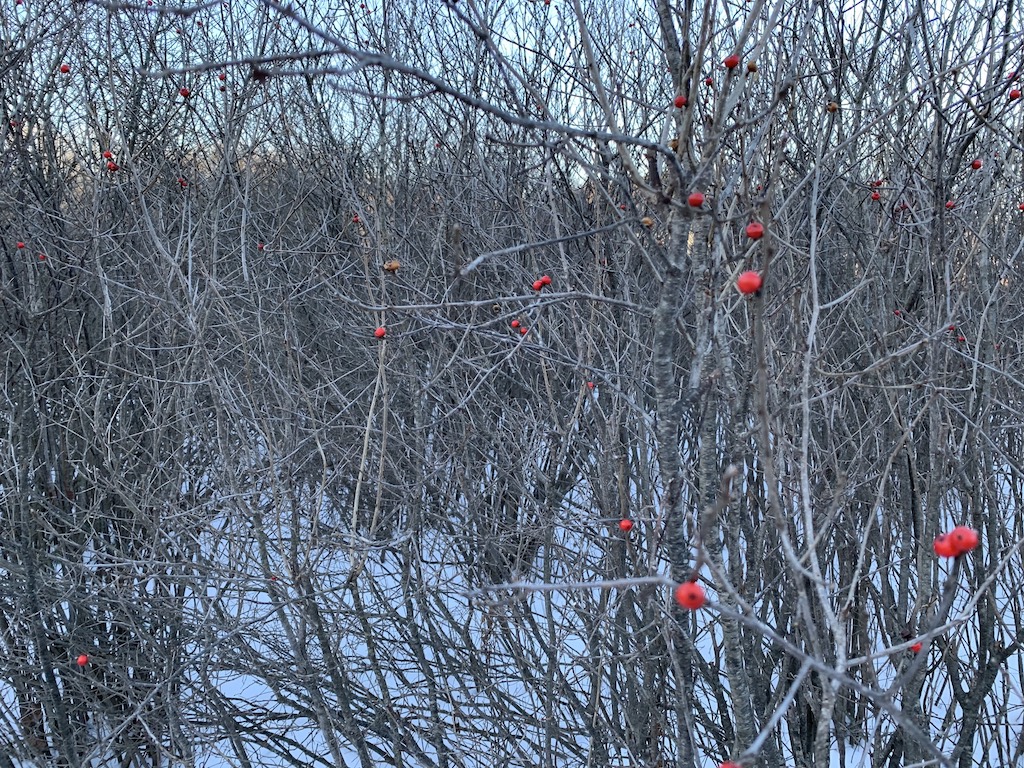
Maleberry (Lyonia ligustrina)
Maleberry is another shrub that I love to see from the stand. I actually shot one nice 8-pointer while he was eating maleberry leaves and old seed capsules. His stomach contents also a lot of maleberry upon gutting him.
The benefits of this shrub are the same as the other shrubs listed above – it grows densely it offers security cover and food at deer height. Deer like areas with a lot of winterberry for security cover. For this reason, you’ll often find deer bedding in areas with a lot of maleberry. Maleberry is a wetland plant, so deer will often be found bedding on dryer hummocks within areas where it occurs.
Maleberry can be identified by its 5-part seed capsule and strait bark that is sometimes peeling.
Tree Species Deer Hunters Should Know
While scrub-shrub species offer the best security cover and food at deer height, certain trees have a major influence on deer behavior.
Green Ash (Fraxinus pennsylvanica)
Green ash is found mostly in wetlands or at the edges of wetlands. I like green ash because swamp bucks will sometimes rub on these trees. I usually find that mature bucks will rub on these trees because most younger bucks with smaller racks don’t like the ridged bark. But bucks with good headgear will rub on these trees.
Green ash trees can also be used as signpost rubs. Although used less often than black ash trees for signposting, these trees will work if there is not much black ash in the area.
Ash trees are easy to identify because they have diamond-shaped bark and their leaves are made up of 5-11 leaflets. For more on ash trees, you might like my post: 17 Ash Tree Species | How to Easily Identify & Differentiate Ash Trees.
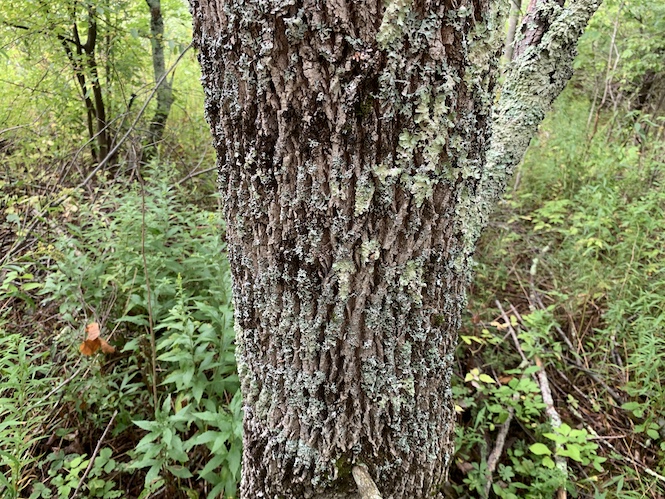
Black Ash (Fraxinus nigra)
Black ash is an interesting tree because – at least in Maine – because it is the preferred tree for big woods bucks to leave signpost rubs on. This tree likes water even more than green ash and will be found in very saturated soils. You can even lose your boots in the mud that black ash grows in. To help you identify black ash trees my post Maine Ash Trees | Identifying The 3 Ash Species Found in Maine may help.
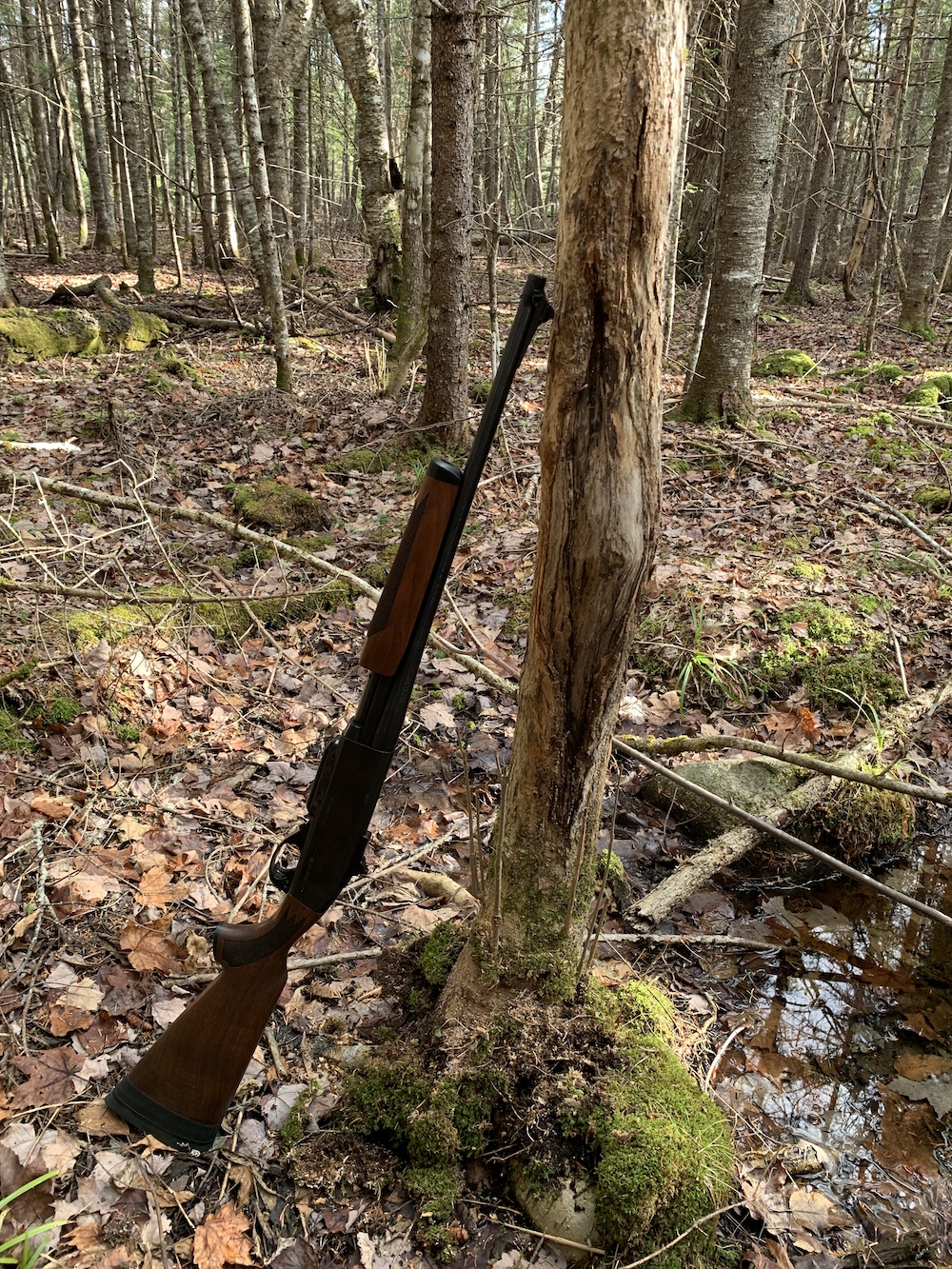
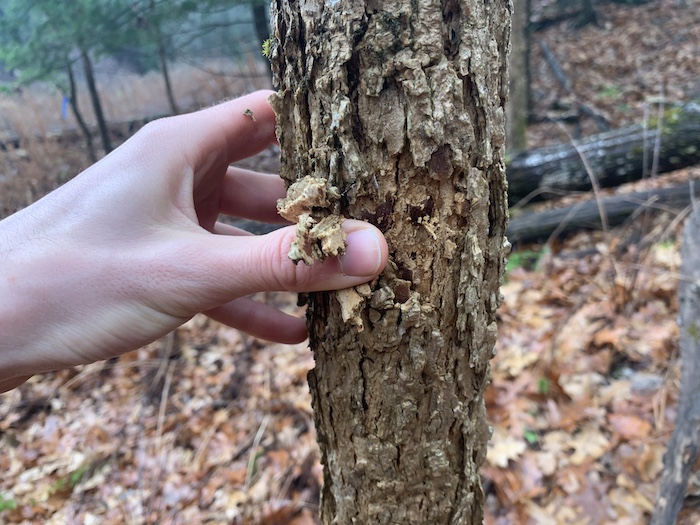
Northern White Cedar (Thuja occidentalis)
Northern white cedar is another great tree to know as a deer hunter, especially in the northern regions. Cedar is a major food source for deer in the winter, making it a great late-season food source. Additionally, deer will migrate to deer wintering areas with cedar. This is because the cedar will help them get through the winter. Hunting in areas with cedar may give you the advantage when other food sources are no longer an option.
Eastern Hemlock (Tsuga canadensis)
Hemlock is often used by deer when creating scrapes. I see more scrapes under hemlock trees than any other tree. When scouting, if I am in an area where I feel like a buck would be comfortable to make a scrape, and I see some hemlocks in the distance, you can bet I’m walking to those draping hemlock limbs in order to check for scrapes.
American Beech (Fagus gradifolia)
American beech is used by deer in a couple of different ways. First, the beech nuts that these trees produce provide food for deer. Although I usually don’t see deer hitting beech nuts like I do other food sources, it is worth mentioning. Additionally, in ridge/mountain country I’ve noticed that bucks love to scape under beech limbs. Often you will find the limbs are marked up by teeth on the licking branch or a bucks’ antlers has twisted the branches above the scrape all to hell. Keep an eye out for scrapes under beeches in the ridges and mountains.
Tamarack (Larix laricina)
Tamarack is a wetland tree species. I like tamarack because it is a tree that gets some use by bucks but is somewhat low-key. For example, the bark looks a lot like hemlock, which rarely gets rubbed on. But in a swamp with tamarack, bucks will rub on this tree. It may be because it’s the biggest diameter tree they can find to rub on while feeling safe in the dense wetland cover. I’ve noticed bucks will rub more often in areas with security cover.
Pussy Willow (Salix discolor) & Black Willow (Salix nigra)
I’m combining these two trees because the reason I like both of these trees for basically the same reasons. They are trees that grow within wetlands, if I see these trees from my treestand I know I’m in good swamp buck country. These trees are easy to identify because their limbs have an obvious drape to them. Willow limbs always look like they have too much weight to support. Deer will often bed at the base of these trees within wetlands because the base of the trees provides a nice dry hummock for resting. The low-hanging draping limbs also offer additional security cover.
White Oak (Quercus alba)
White oak is an upland plant and it provides an excellent food source early in the season for deer. These oaks are sought after because they have fewer tannins than red oak, making them less bitter. Deer like these acorns better than red oak acorns for this reason. However, white oaks drop acorns for a much shorter amount of time. For this reason, white oaks can be a great bet for an early season hunt, but make sure they are dropping acorns because not all trees will drop.
Since these oaks are better tasting and drop for a shorter period of time than red oaks, there is competition for these gems. You can easily identify white oaks because their leaves are rounded and lobed compared to red oaks which are pointed.
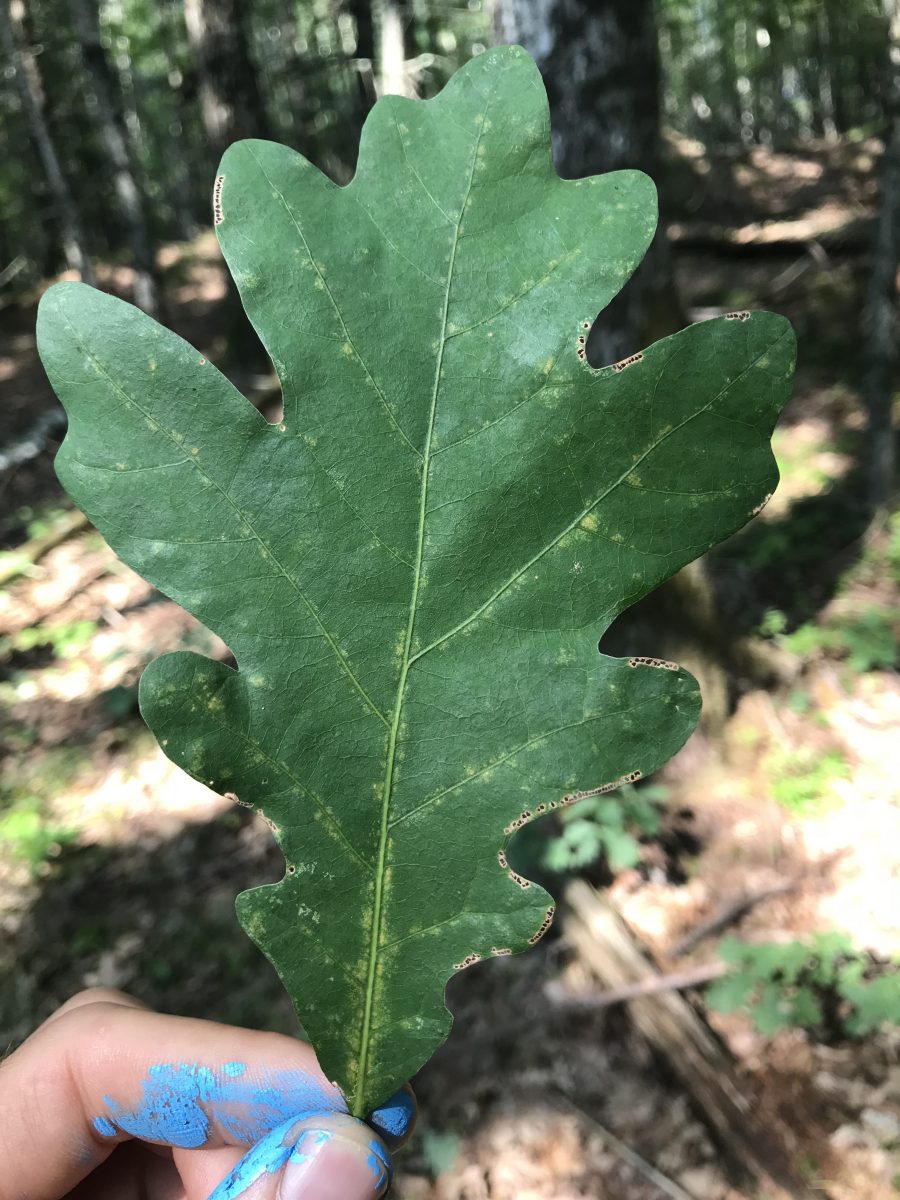
Red Oak (Quercus rubra)
Although more bitter than their white oak counterpart, red oaks are an excellent food source for deer. In years when red oaks acorns are abundant, it can be difficult to get any kind of a pattern from deer because food is everywhere. But on years when only a few trees are producing acorns, you can find honey holes.
Acorns are sought after in the fall and winter months because they provide a lot of energy. There is a lot of fat in acorns which gives deer the energetic boost they need to get through the winter. You’ll only find red oaks growing in uplands.
Young red oaks that are about 5-7 inches in diameter are one of my favorite trees to find big buck rubs on. There’s something about that smooth bark of those younger trees that big bucks love.
Apple Trees (Malus spp.)
Apple trees are also excellent food sources for deer. Different trees produce apples are different times of the year. If you can find those trees that produce very early and very late in the season you can find yourself in a good position to shoot more deer. Deer like variety so apples are a welcome food source to mix in their early-season herb diet or late-season acorn diet.
Red Maple (Acer rubrum)
Red maples like to grow in moist soil, not too wet but not too dry. These trees’ leaves are highly nutritious, especially young shoots. Red maple sprouts at the base when it is cut and many more shoots can sprout out of an old trunk. Logged areas that had a lot of red maples can produce massive amounts of nutrition for deer. In addition to young shoots, deer will also eat the fresh red maples leaves that have fallen during the fall.
Similar to red oak, big bucks will often rub on red maples that are 5-7 inches in diameter. The bark of both of these trees is similar at that life stage.
Conclusion
Hopefully, this post got you thinking about the importance of deer habitat and the plants that deer hunters should know in order to keep the odds in your favor when hunting and scouting.
